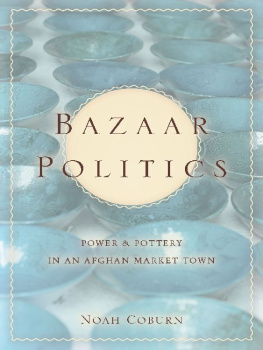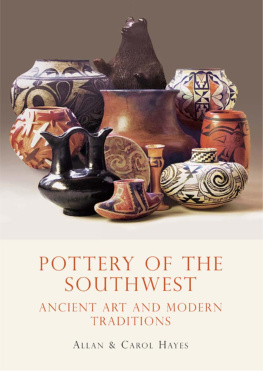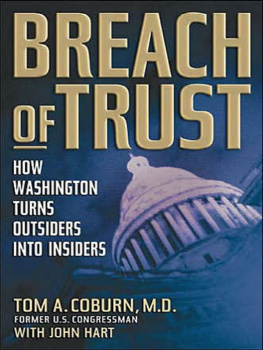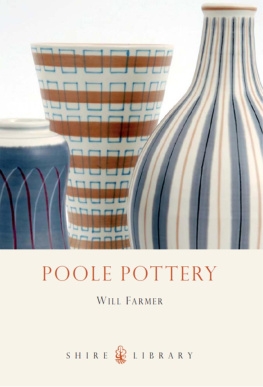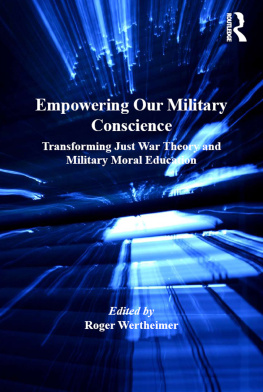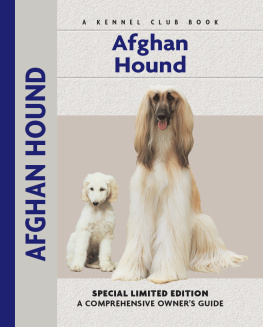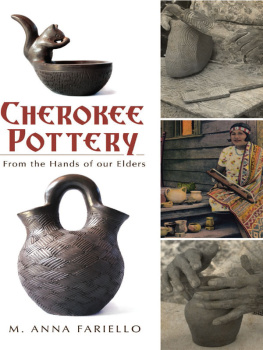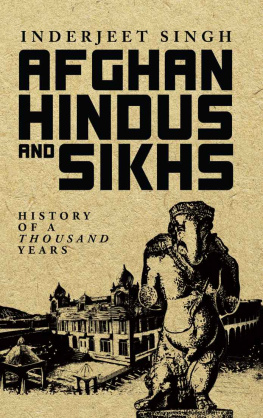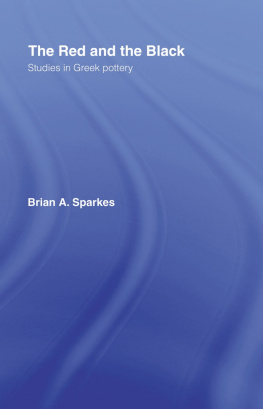Coburn - Bazaar Politics: Power and Pottery in an Afghan Market Town
Here you can read online Coburn - Bazaar Politics: Power and Pottery in an Afghan Market Town full text of the book (entire story) in english for free. Download pdf and epub, get meaning, cover and reviews about this ebook. year: 2011, publisher: Stanford University Press, genre: Politics. Description of the work, (preface) as well as reviews are available. Best literature library LitArk.com created for fans of good reading and offers a wide selection of genres:
Romance novel
Science fiction
Adventure
Detective
Science
History
Home and family
Prose
Art
Politics
Computer
Non-fiction
Religion
Business
Children
Humor
Choose a favorite category and find really read worthwhile books. Enjoy immersion in the world of imagination, feel the emotions of the characters or learn something new for yourself, make an fascinating discovery.
Bazaar Politics: Power and Pottery in an Afghan Market Town: summary, description and annotation
We offer to read an annotation, description, summary or preface (depends on what the author of the book "Bazaar Politics: Power and Pottery in an Afghan Market Town" wrote himself). If you haven't found the necessary information about the book — write in the comments, we will try to find it.
Coburn: author's other books
Who wrote Bazaar Politics: Power and Pottery in an Afghan Market Town? Find out the surname, the name of the author of the book and a list of all author's works by series.
Bazaar Politics: Power and Pottery in an Afghan Market Town — read online for free the complete book (whole text) full work
Below is the text of the book, divided by pages. System saving the place of the last page read, allows you to conveniently read the book "Bazaar Politics: Power and Pottery in an Afghan Market Town" online for free, without having to search again every time where you left off. Put a bookmark, and you can go to the page where you finished reading at any time.
Font size:
Interval:
Bookmark:
Stanford Studies in Middle Eastern and Islamic Societies and Cultures
POWER AND POTTERY IN AN AFGHAN MARKET TOWN
Stanford University Press
Stanford, California
Stanford University Press
Stanford, California
2011 by the Board of Trustees of the Leland Stanford Junior University. All rights reserved.
No part of this book may be reproduced or transmitted in any form or by any means, electronic or mechanical, including photocopying and recording, or in any information storage or retrieval system without the prior written permission of Stanford University Press.
Printed in the United States of America on acid-free, archival-quality paper
Library of Congress Cataloging-in-Publication Data
Coburn, Noah, author.
Bazaar politics : power and pottery in an Afghan market town / Noah Coburn.
pages cm
Includes bibliographical references and index.
ISBN 978-0-8047-7671-4 (cloth : alk. paper) ISBN 978-0-8047-7672-1 (pbk. : alk. paper) 1. Istalif (Afghanistan)Politics and government. 2. Istalif (Afghanistan)Social conditions. 3. PottersAfghanistanIstalif. 4. Political cultureAfghanistanIstalif. 5. EthnologyAfghanistanIstalif. I. Title.
DS375.I88C63 2011
958.1dc22
2011004859
Typeset by Bruce Lundquist in 10/14 Minion
E-book ISBN: 978-0-8047-7890-9
Who Led Me to the Bosphorus

I am fortunate to have conducted research in interesting, though also stressful, times, and this experience has done much to shape this book. The insurgency in southern Afghanistan was just beginning to spread as I started my study of Istalif, a small town north of Kabul. With instability growing in the region, questions arose for me and my informants: Would the area again turn violent? Could the international military forces guarantee security? Why had the Afghan government, despite massive amounts of international aid, failed to create a stable state capable of providing basic services? These questions, and uncertainty about the future, cast a pall over my conversations with Istalif residents about local politics. Thus, while this book is anthropological, beginning at the most local level, looking at politics in one community and within the families of that community, the individuals were always considering how their decisions fit into the politics of an increasingly unstable Afghanistan.
Because the tumult in Afghanistan is now more than thirty years old, what I present here is just a snapshot of life in one part of the region, during a time of relative stability, within a much longer period of political and military upheaval. While I argue that life in Istalif was stable and free of violence while I was there, I make no claims that it will stay that way, and sadly, I will be a little surprised if it does. Therefore, I have written this ethnography in the past tense.
Unlike other ethnographies, I include interludes between the chapters to convey some of the emotions of fieldwork that get lost in more formulaic writing. Istalif was a beautiful, mysterious, scary place, and leaving out these emotions would ignore both my own lack of certainty about much of what I saw and the uncertainty of my informants, none of whom was ever entirely sure which way the political winds were blowing. In addition, while Afghanistan has received an immense amount of international attention in the past ten years, the accounts coming out of the region (with a few notable exceptions) often rely on stereotypes and generalizations. Regardless of how they describe Afghansas unruly, ungovernable tribes or passive victimsthese accounts miss the great human diversity that gets brushed over in casualty counts and tribal mappings. With the interludes I hope to provide a more human account of the people of Istalifthose who befriended me, protected me, told me fascinating stories and even more fascinating lies, tried to swindle me in the bazaar, and taught me a great deal about life.
The writing process also varied somewhat from the norm. I first visited Istalif in the summer of 2005 on an exploratory trip, visiting several towns with important bazaars across northern Afghanistan, but I collected most of the data from Istalif between August 2006 and February 2008. I then returned to Boston to begin the writing process. In the spring of 2009, with Afghan presidential elections looming, I returned to Kabul to conduct other, related research. The rest of this book was completed in Kabul between the spring and fall of 2009.
Being in Kabul and so close to my field site was both a blessing and a curse, because I could easily get on the phone with informants or go up to the town to check on specific details. This proximity led me to check and recheck facts, perhaps a little too much, while thinking through new angles. During this period I did little additional research. Instead, I looked at how Istalif had changed, asking whether the changes fit my theories, and exploring how I could apply what I had learned to understanding issues across Afghanistan. Ultimately, though this process slowed the writing, I hope it has made my work richer and more accurate.
During the long writing process I have been supported by, worked for, or worked with several institutions. First and foremost, the Anthropology Department at Boston University was always supportive, especially considering the issues around conducting research in Afghanistan. In Kabul, the American Institute of Afghanistan Studies provided me with my initial home in Afghanistan and colleagues with whom to think through many of my questions. I also spent time working with the Turquoise Mountain, the Aga Khan Trust for Culture, the Afghanistan Research and Evaluation Unit, and the United States Institute of Peace, all of which have helped me understand the community of Istalif and Afghan political life, even if my work with them was not specifically for this project.
Among the individuals who helped me, the most important was Sediq Seddiqi, who tutored me in Dari and accompanied me during much of my early research. Ester Svensson was immensely helpful, explaining many aspects of pottery production. Thomas Barfield, Charles Lindholm, John Dixon, Shahmahmood Miakhel, Whitney Azoy, Omar Sharifi, Khadim Hussain, Anna Larson, Zaher Seddiqi, John Dempsey, Mohammad Hassan Wafaey, Zubair Ahmad, Kimberly Arkin, Robert Weller, Richard Norton, Rory Stewart, Alex Thier, and Jolyon Leslie all provided insights and encouragement along the way. I am also indebted to the anonymous reviewers who made numerous suggestions, which greatly aided the reworking of the text. Of course, any errors remaining are my own.
Finally, my family provided the grounding and support that made such a project possible.
All the names of informants, except recognizable, national-level political figures, have been changed.
The district office was cool and dark, located in the basement of what had once been a Taliban post. Before that the mujahideen occupied it. Before that the communist government had its offices there. And before that it was a hotel, with rose gardens, for tourists passing through on their way to India.
An old man still tended the roses below the patio where the guests used to look out over the Shomali Plain, but the top floor of the hotel was mangledwalls collapsed, twisted steel jutting dangerously out of concrete. On the east side, the floor simply disappeared where a rocket had taken off an entire side of the building.
Font size:
Interval:
Bookmark:
Similar books «Bazaar Politics: Power and Pottery in an Afghan Market Town»
Look at similar books to Bazaar Politics: Power and Pottery in an Afghan Market Town. We have selected literature similar in name and meaning in the hope of providing readers with more options to find new, interesting, not yet read works.
Discussion, reviews of the book Bazaar Politics: Power and Pottery in an Afghan Market Town and just readers' own opinions. Leave your comments, write what you think about the work, its meaning or the main characters. Specify what exactly you liked and what you didn't like, and why you think so.

